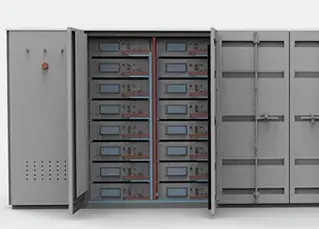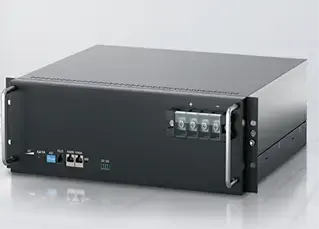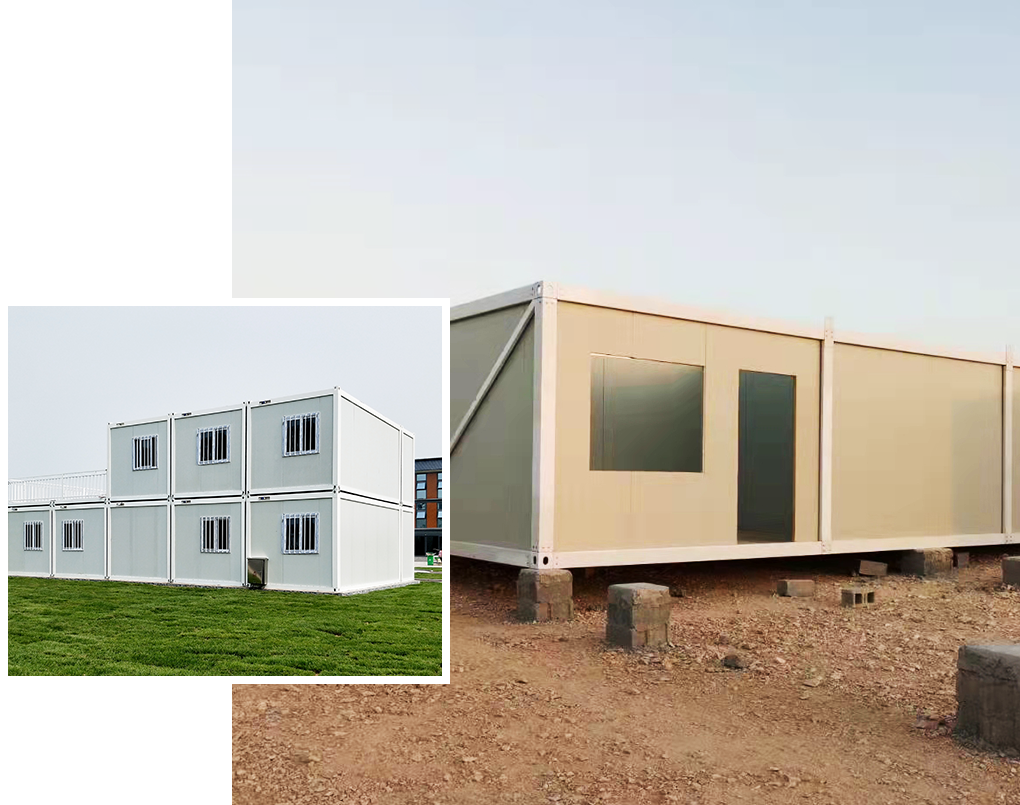Mastering Success: The Blueprint for Dominance in the Battery Energy Storage Systems (BESS) Market
In the dynamic landscape of today's energy sector, Battery Energy Storage Systems (BESS) have become indispensable. The shift towards renewable energy has amplified the need for efficient energy storage solutions, making it a pivotal moment for the industry. Amidst various battery technologies, Lithium Iron Phosphate (LFP) battery storage stands out, proving to be a game-changer with its vast potential in the BESS market. This article delves into the recipe for triumph in the BESS market, spotlighting the advantages of LFP battery storage, stationary battery energy storage systems, energy storage containers, cell pack module and the significance of grid-connected battery storage.
LFP Battery Storage: The Catalyst for Success
Lithium Iron Phosphate (LFP) batteries have revolutionized the BESS market, boasting superior qualities that set them apart. With high energy density, extended lifespan, and enhanced safety compared to the others, LFP batteries are the preferred choice for large-scale energy storage projects. Their inclusion is an essential ingredient for achieving success in the BESS market.
Stationary Battery Energy Storage Systems: The Core Component
The core component of any thriving BESS project is stationary battery energy storage systems. Comprising multiple battery modules, these systems efficiently store excess energy generated during off-peak hours and discharge it during peak demand. Equipped with advanced control and management systems, stationary battery energy storage systems optimize energy usage, diminishing reliance on the grid and ensuring a consistent power supply.
Energy Storage Containers: The Agile Solution
Energy storage containers play a pivotal role in the BESS market, offering a portable and scalable solution for energy storage requirements. Housing multiple battery modules, these containers can be effortlessly transported and installed in diverse locations. Their modular design allows for flexibility in system capacity and swift deployment. Energy storage containers are gaining popularity in remote areas, microgrids, and emergency backup power applications.
Grid-Connected Battery Storage: The Integration Enabler
Grid-connected battery storage is a vital element in the recipe for BESS success. The capability to connect energy storage systems to the grid facilitates efficient integration with existing power infrastructure. Charging during off-peak hours and discharging during peak demand, grid-connected battery storage stabilizes voltage fluctuations, alleviates strain on the grid, and enhances overall reliability. Moreover, it facilitates the seamless integration of intermittent renewable energy sources, such as solar and wind, into the grid.
The formula for success in the BESS market involves a harmonious combination of key elements. LFP battery storage offers unmatched performance and safety, while stationary battery energy storage systems optimize energy utilization. Energy storage containers provide flexibility and scalability, and grid-connected battery storage ensures smooth integration with the existing power grid. By embracing these elements, forward-thinking brands, like FPR New Energy, one of the leading battery energy storage system manufacturers in China, can chart a course to success in the ever-expanding BESS market.





 EN
EN
 fr
fr  de
de  es
es 


